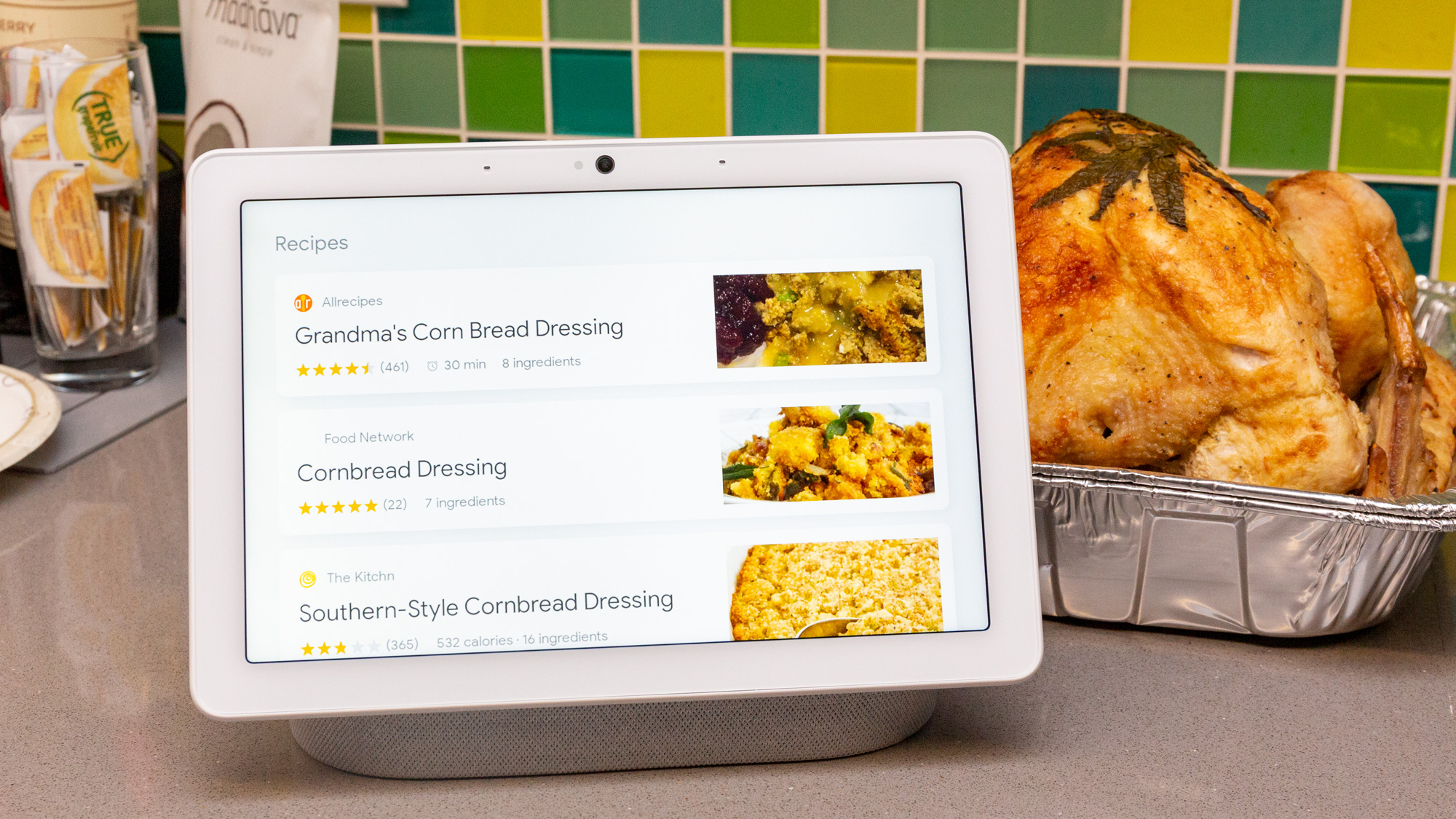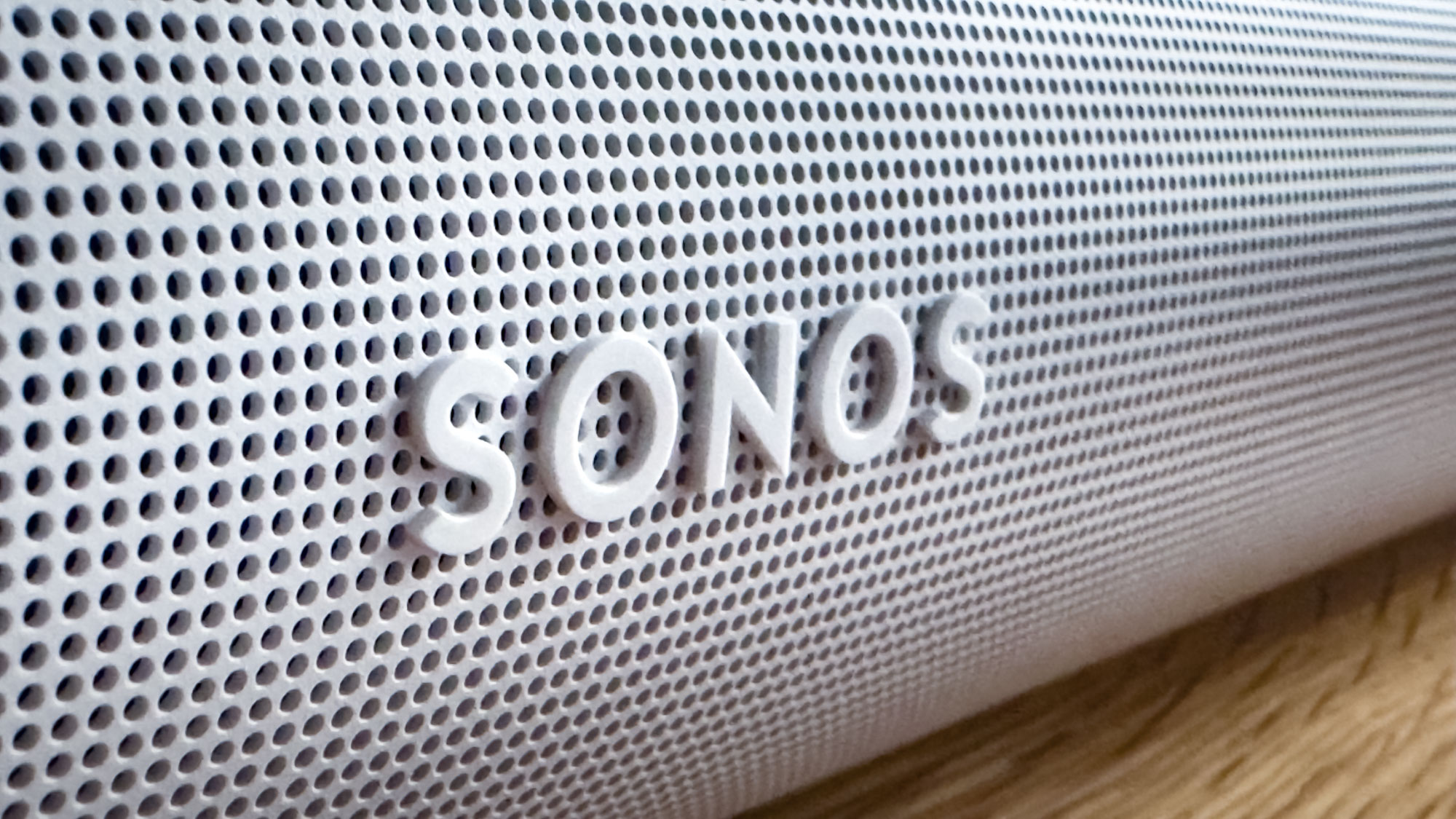DIY smart home: Why I chose the Echo Show over Google Nest Hub
Smart displays are great smart home devices, as long as you get the right one.

This story is part of an ongoing DIY smart home series. Be sure to check out the latest installments to follow the renovation process from start to finish.
If you’re a visual person like I am, smart displays are appealing devices. They’re like the best smart speakers, but with tablets attached. For my ongoing DIY smart home project, I had to decide which of the growing number of smart displays out there made the most sense for my connected space.
Smart displays are visual vehicles for Amazon and Google’s voice assistants. Between compatibility with voice commands and manual controls within the interface, a smart display can act as a one-stop smart home remote. You can use it to turn on your smart lights, manage routines and check your video doorbell. Most support calling and drop-in or intercom features, too.
- DIY smart home: Why I’m using smart switches instead of smart lights
- Best smart home devices
- Plus: Samsung Galaxy Buds Pro tested as a hearing aid — here’s the results
When you’re not speaking with Alexa or Google Assistant, the displays can show the news, the weather, photos or whatever else you’d like to see at a glance. You can also watch videos from some of the best streaming services, follow along with step-by-step recipes and deejay your music tracks.
Those as the baseline offerings you’ll find among most smart displays on the market. So to decide which is best for you, you’ll want to consider other needs. Not all smart displays are built the same: Some have cameras and some have cameras that actually follow you around. Others are so discreet and compact, they can replace your bedside alarm clock.
Here are three things to think about when choosing a smart display, and why I chose the Amazon Echo Show 8 over Google Nest Hub.
Where do you want to put the smart display?
The room in which you’re planning to use a smart display will partly dictate which model you should get. Smart displays like the Google Nest Hub Max and new Amazon Echo Show 10 (3rd Gen) take up a lot of real estate, so they’re suited for larger spaces. Their larger displays are ideal for managing your entire home, making them a good option for an accessible place you’ll pass by throughout the day.
While the Amazon Echo Show 8, Lenovo Smart Display 7 and new Google Nest Hub can similarly be helpful in the kitchen, their smaller footprints make them better suited for a desk, dresser or side table. You’ll sacrifice some speaker strength and camera quality (and the camera entirely, for the Nest Hub,) but you’ll save money and still get all your assistant’s key features.
Get instant access to breaking news, the hottest reviews, great deals and helpful tips.
There are smart displays made specifically for your nightstand, too. The Amazon Echo Show 5 and Lenovo Smart Clock cost as much as non-smart alarm clocks, but are as capable as display-less counterparts like the Amazon Echo Dot (4th Gen) and Google Nest Mini.
What special features appeal to you?
Besides size, there are certain tricks that might make one of the many smart display options more appealing to you. For example, if you want to make video calls to friends and family members, you should pick a smart display with a built-in camera. The larger displays have the clearest picture quality, but you can also video call from the Echo Show 5.
Some smart displays take camera features up a notch with motion sensing. The Echo Show 10 rotates to face you when you’re speaking to Alexa or making calls. Meanwhile, the Nest Hub Max adjusts the camera automatically to keep you centered during video calls.
Then there’s the 7-inch Nest Hub, which is coming at the end of March with sleep sensing. While many of the best fitness trackers and best smartwatches can already track your sleep from your wrist, the Google Nest Hub claims to follow your zzz's from your bedside — no skin contact necessary. I’ll need to see how well it works before going as far as to recommend it, of course.
What voice assistant do you want to use?
In most cases, it will make sense to get a smart display that’s compatible with the rest of your existing smart home devices. A Google Assistant display can be used to control any of the best Google Home devices, while an Echo display is capable of managing the best Alexa compatible devices. It’s usually easier to stick to one platform so you can make smart home routines.
But if you’re not loyal to one assistant or the other, you’ll have to decide which you want to use. Both are capable and support a variety of third-party smart home devices, plus offer smartphone apps for controlling your system wherever you are.
As for what makes them different, Alexa Guard and Alexa Hunches are two standout skills that make Alexa a more autonomous assistant. On the other hand, Google Assistant extends outside of the home better than Alexa, since it’s integrated with programs like Google Maps and Google Translate.
The smart display I chose
Ultimately, we went with the Echo Show 8, which turns Alexa into a useful entertainment station that’s easy on counter space. I wanted a smart display for the kitchen, and didn’t care much about a rotating screen. Since we skipped on smart appliances (like a fridge with a built-in display) it’ll be convenient to have a panel on our counter for adjusting devices in our soon-to-be smart home. It’ll also come in handy for managing multiple recipes, like I had to in the Thanksgiving dinner showdown I held between Amazon and Google’s bigger smart displays.
I also choose Alexa over Google Assistant as my smart home butler, so one of the Echo displays makes the most sense for me. Unlike Google, Amazon doesn’t offer Alexa’s visual interface to third-party companies. And since I’m installing a wall-mounted smart home controller near my front door, my kitchen’s smart display can function more as a sous chef.
Have any questions about smart displays? E-mail me at kate.kozuch@futurenet.com or leave a comment below, and I’ll try to address it in my DIY smart home series. Check out the previous installment, DIY smart home: Why I chose this smart thermostat under $100, too.

Kate Kozuch is the managing editor of social and video at Tom’s Guide. She writes about smartwatches, TVs, audio devices, and some cooking appliances, too. Kate appears on Fox News to talk tech trends and runs the Tom's Guide TikTok account, which you should be following if you don't already. When she’s not filming tech videos, you can find her taking up a new sport, mastering the NYT Crossword or channeling her inner celebrity chef.
